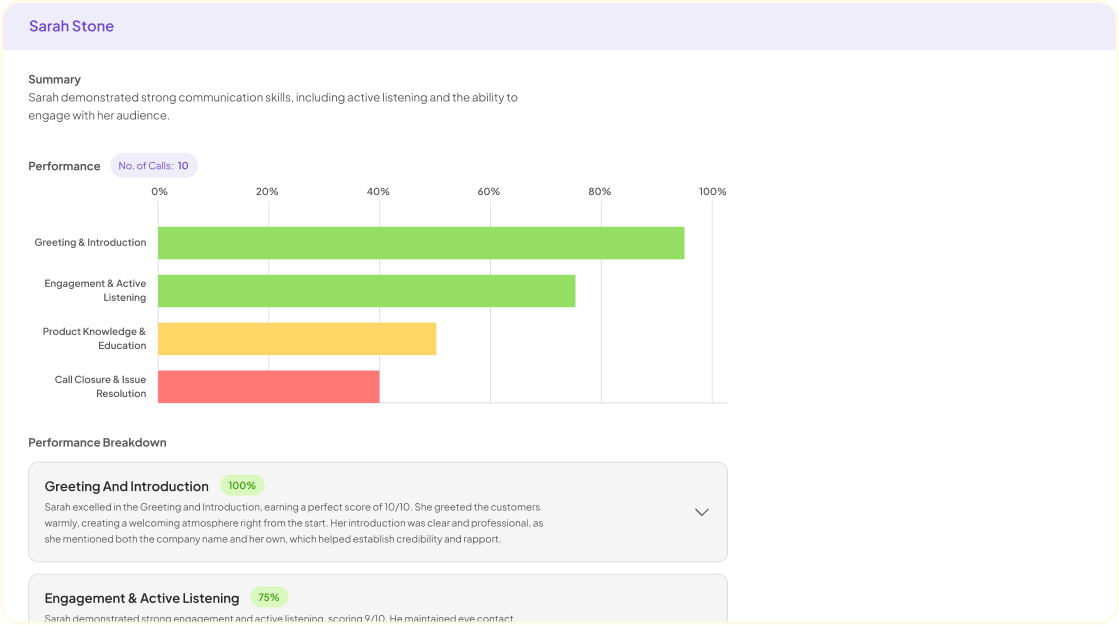In the ever-evolving landscape of product management, the ability to collect and analyze qualitative data plays a pivotal role in understanding customer needs, behaviors, and preferences. Qualitative data collection is not just about gathering information; it’s about delving into the nuances that quantitative data often overlooks. For product managers, this means going beyond numbers to capture the essence of the customer experience. In this write-up, we’ll explore the top 5 qualitative data collection techniques that are essential for product managers to master.
Interviews
Furthermore, one-on-one interviews remain one of the most effective ways to gather in-depth insights from users. By engaging directly with customers, product managers can uncover motivations, feelings, and perceptions that might not be evident through other methods. Structured interviews with prepared questions can provide consistency, while unstructured interviews allow for more open-ended responses that can lead to unexpected discoveries.
Focus Groups
Focus groups bring together a small, diverse group of people to discuss their opinions and experiences regarding a product or service. This collective setting allows product managers to observe interactions and consensus formation, providing a richer understanding of the target market. It’s important to facilitate these sessions effectively to ensure that all voices are heard and to avoid groupthink.
Observation
Observational techniques involve watching how users interact with a product in their natural environment. This can reveal how a product fits into the user’s life and identify any pain points or usability issues. Product managers can choose between direct observation, where participants are aware they’re being watched, or indirect observation, which aims to minimize observer influence.
Surveys with Open-Ended Questions
While surveys are often associated with quantitative data, they can also be a powerful tool for collecting qualitative insights. Including open-ended questions in surveys allows respondents to express their thoughts in their own words, providing a wealth of qualitative data that can be analyzed for themes and patterns.
User Diaries
In essence, user diaries are self-recorded logs of experiences with a product over a period of time. This longitudinal approach can capture changes in user behavior and attitudes that might not be apparent in one-off studies. Diaries can be particularly useful for understanding the user journey and identifying moments that matter in the product experience.
Conclusion
In conclusion, qualitative data collection is an indispensable part of the product development process. Moreover, it provides a depth of understanding that quantitative data alone cannot offer. In essence, by employing these top 5 techniques, product managers can gain a comprehensive view of their customers, leading to more informed decisions and ultimately, more successful products. Furthermore, as we continue to integrate artificial intelligence into these processes, the potential for even richer insights and more efficient data analysis is vast. Finally, it’s an exciting time for product managers who are willing to embrace these qualitative data collection methods and the advanced tools that support them.


